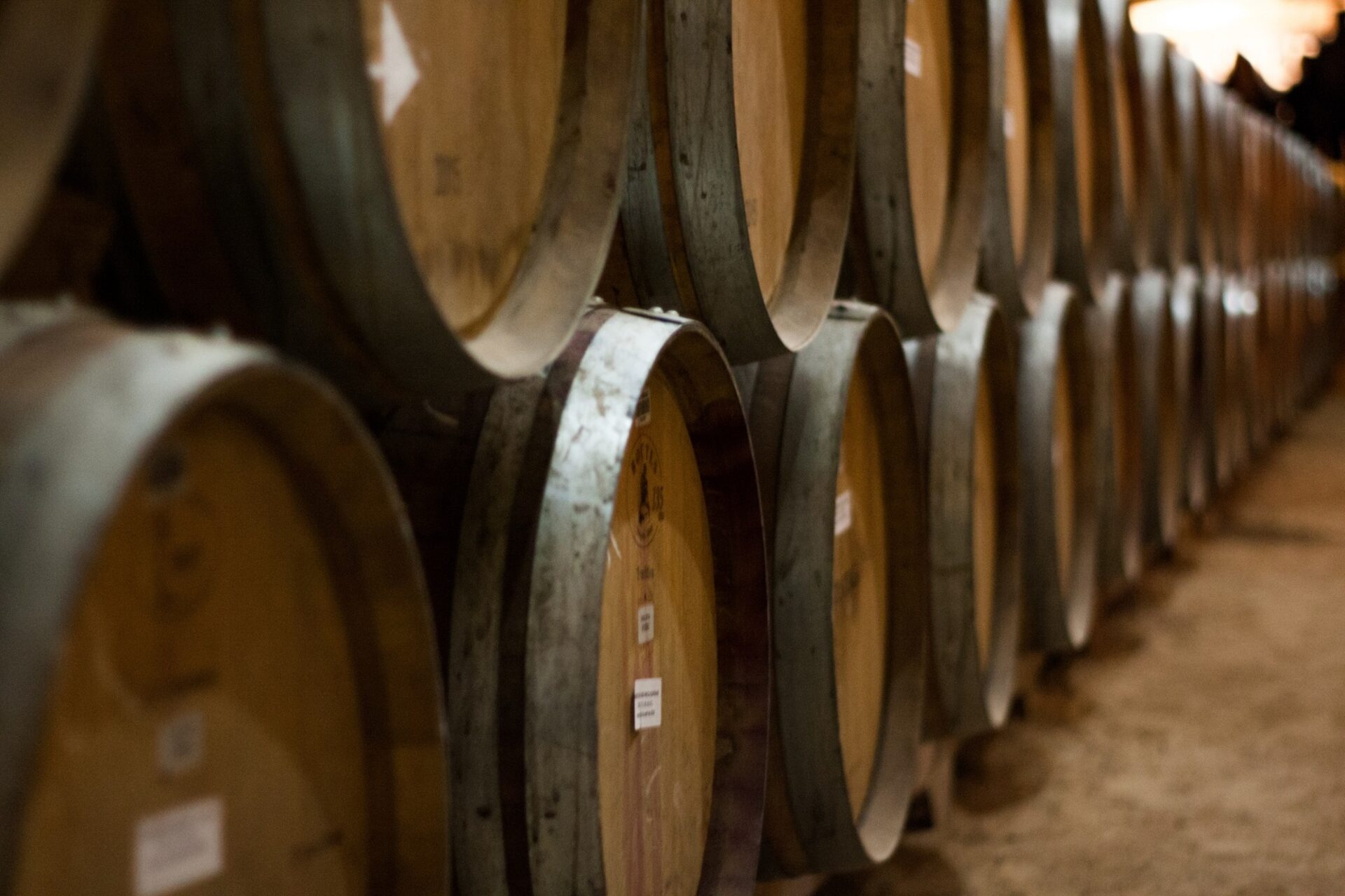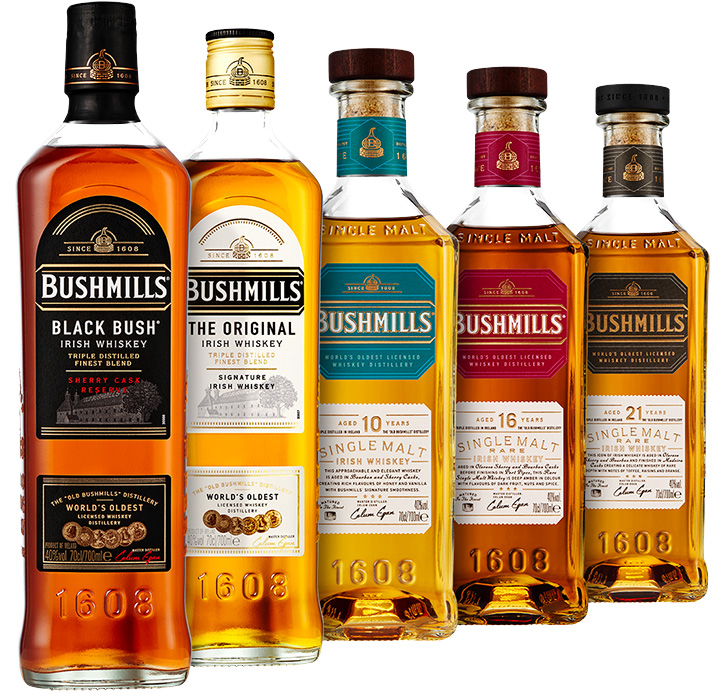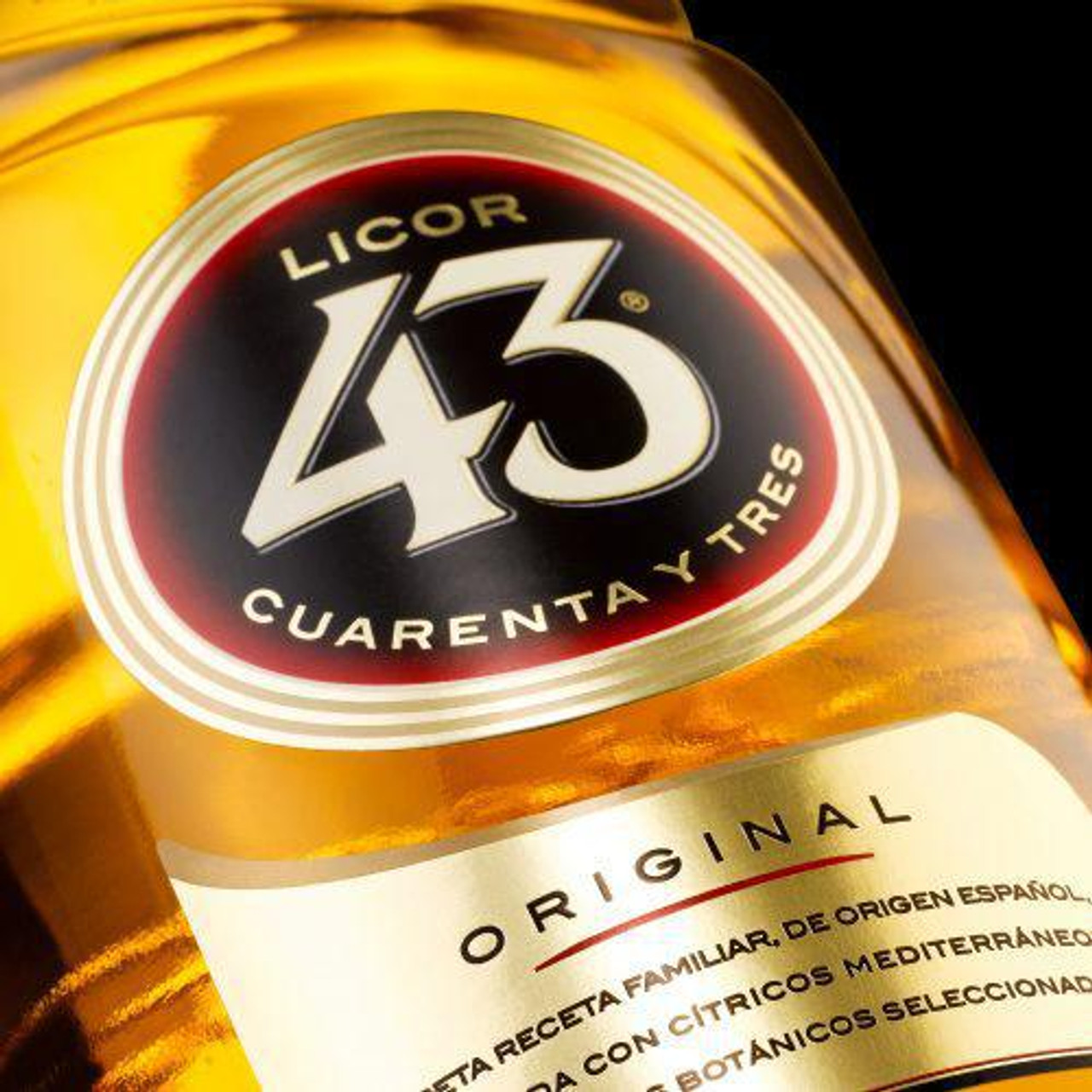The Art of Barrel Aging
Whiskey is more than just a drink. It’s an art form that requires patience, skill, and a deep understanding of the ingredients and processes that go into crafting this beloved spirit. One of the most important elements of whiskey-making is barrel aging. Whiskey is aged in wooden barrels for months, years, or even decades. This allows the flavors and aromas to develop and mature. In this blog post, we’ll explore the fascinating process of barrel aging and how it transforms whiskey into the complex, nuanced spirit that we know and love.
Index
- The Basics of Barrel Aging
- Does barrel aging affect Whiskey?
- What different styles of Barrel-Aged Whiskey are there?
- The Future of Barrel Aging
- Conclusion
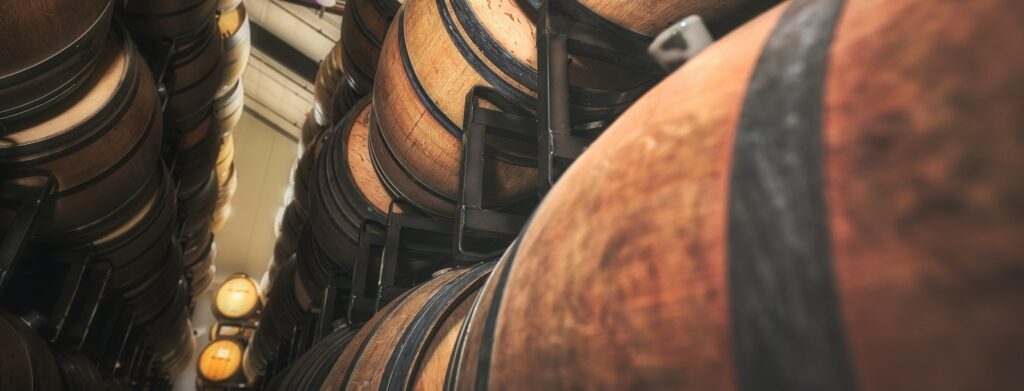
The Basics of Barrel Aging
A. What is barrel aging?
Barrel aging is an essential step in the whiskey-making process. It involves the maturation of whiskey in wooden barrels for a specific period. Barrel aging imparts complex flavors and aromas to the whiskey, creating a distinct character that differentiates it from other spirits
B. How long is whiskey typically aged in barrels?
Whiskey is typically aged in barrels for several years. Ranging from two to twenty-five years, and depending on the type of whiskey and the desired flavor profile.
C. What types of wood are used for barrels?
The most common types of wood used for barrels include American white oak, French oak, and Spanish oak. Each type has distinct characteristics that can impact the final product’s flavor and aroma.
Does barrel aging affect Whiskey?
A. The role of wood in flavor development
The process of barrel aging is crucial to the development of the unique flavor and aroma of whiskey. The wood of the barrel plays a crucial role in flavor development. It imparts distinct notes of vanilla, caramel, and spice to the whiskey through a process called extraction.
B. The impact of barrel char and toast
Barrel char and toast, which refer to the degree of charring or toasting applied to the wood, can also significantly impact the final product’s flavor and aroma.
C. The influence of climate and storage conditions
The influence of climate and storage conditions is another important factor. The temperature and humidity can affect how much of the flavor compounds are extracted from the wood, and how quickly they develop. So, barrel aging is a carefully controlled process. Each step is designed to maximize the whiskey’s potential and create a distinct flavor profile.
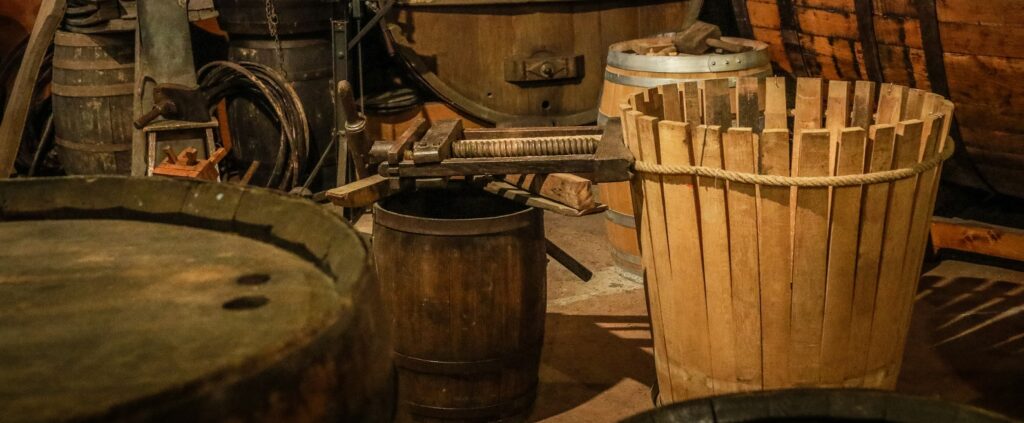
What different styles of Barrel-Aged Whiskeys are there?
There are many different types of Whiskeys. Single Malt VS Blended, what is your favourite one? Barrel aging is an integral part of the whiskey-making process for many styles of whiskey, including bourbon, rye, scotch, Irish whiskey, and Japanese whiskey.
A. Bourbon
Bourbon, one of the most popular styles of American whiskey, is made primarily from corn. Beacause it is aged in charred new oak barrels, it gives distinct sweetness and vanilla flavor. Want to know more about Bourbon? Read Bourbon: What’s it all about?
B. Rye
Rye whiskey is made from rye and typically aged in charred oak barrels, resulting in a spicier and drier flavor profile.
C. Scotch
Scotch, a style of whiskey from Scotland, is often aged in used oak barrels that previously held bourbon or sherry. This can impart a wide range of flavors such as peat smoke, heather, and honey.
D. Irish whiskey
Irish whiskey is made primarily from malted and unmalted barley, and aged in used oak barrels. This results in a smooth and mellow flavor profile.
E. Japanese whiskey
Japanese whiskey has gained popularity in recent years. It is is often aged in a combination of different types of barrels, resulting in a unique and complex flavor profile that often includes notes of fruit and spice.
By the way, did you know that you can both write Whisky and Whiskey? What’s the difference? Read it in our blog!
The Future of Barrel Aging
A. Experimentation with new types of wood
The future of barrel aging looks promising, with many distilleries experimenting with new types of wood to achieve unique flavor profiles. Some distilleries are using different woods such as cherry, maple, and hickory, to impart new flavors and aromas to the whiskey.
B. Innovations in aging technology
Advancements in aging technology have allowed for more precise control over the barrel aging process. This results in better consistency and quality in the final product. Some distilleries are using ultrasonic waves or pressure variations to speed up the aging process. Others are exploring new methods of barrel seasoning so they can achieve a more complex flavor profile.
C. The impact of climate change on whiskey production
The future of barrel aging is also affected by climate change. Because temperatures continue to rise, the whiskey industry is facing new challenges. Warmer temperatures can speed up the aging process, so this can lead to over-aged whiskey and a loss of consistency in flavor. Additionally, changes in precipitation patterns can impact the availability of water, a crucial component in the whiskey-making process. Distilleries are exploring ways to adapt to these changes, such as using renewable energy sources and implementing sustainable water management practices. So, the future of barrel aging is exciting, but the industry must remain vigilant and adaptable to address the challenges posed by climate change.
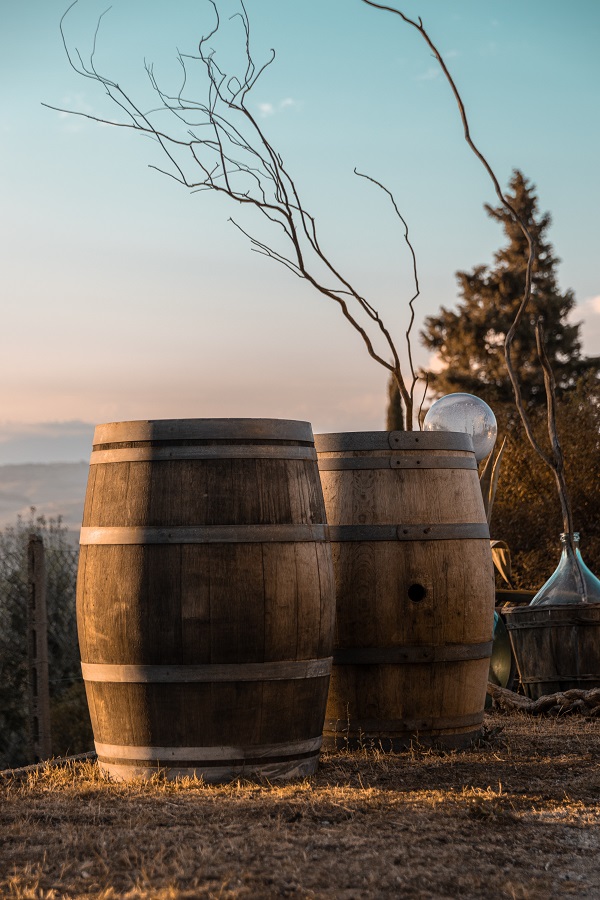
Conclusion
Barrel aging is a crucial aspect of whiskey production that has been refined and perfected over centuries. The right combination of wood, time, and climate can transform a simple distillate into a complex and sophisticated spirit. So whether you prefer bourbon, Scotch, or any other type of whiskey, the art of barrel aging is what gives each expression its unique character and personality. So the next time you sip on a glass of your favorite whiskey, take a moment to appreciate the craftsmanship and tradition that went into making it. Sláinte!
Moving Spirits: more than 2500 A-branded items in stock!
With an assortment of over 2500+ branded items in stock, you can find many different whiskies at our whisky wholesale. Always 100+ brands of single malt, 80+ brands of blends and 20+ bourbon whiskies in stock. Our assortment includes many more liquors, such as Rum, Gin, Vodka and Cognac brands. In our sales portal you can see our stock in real time, 24/7. You can place your order in just a few clicks. Create an account to access our inventory whenever and wherever you want.
Thanks to our extensive worldwide network of suppliers, we often have what you are looking for. So feel free to challenge us! Moving Spirits serves business customers throughout Europe and beyond.

